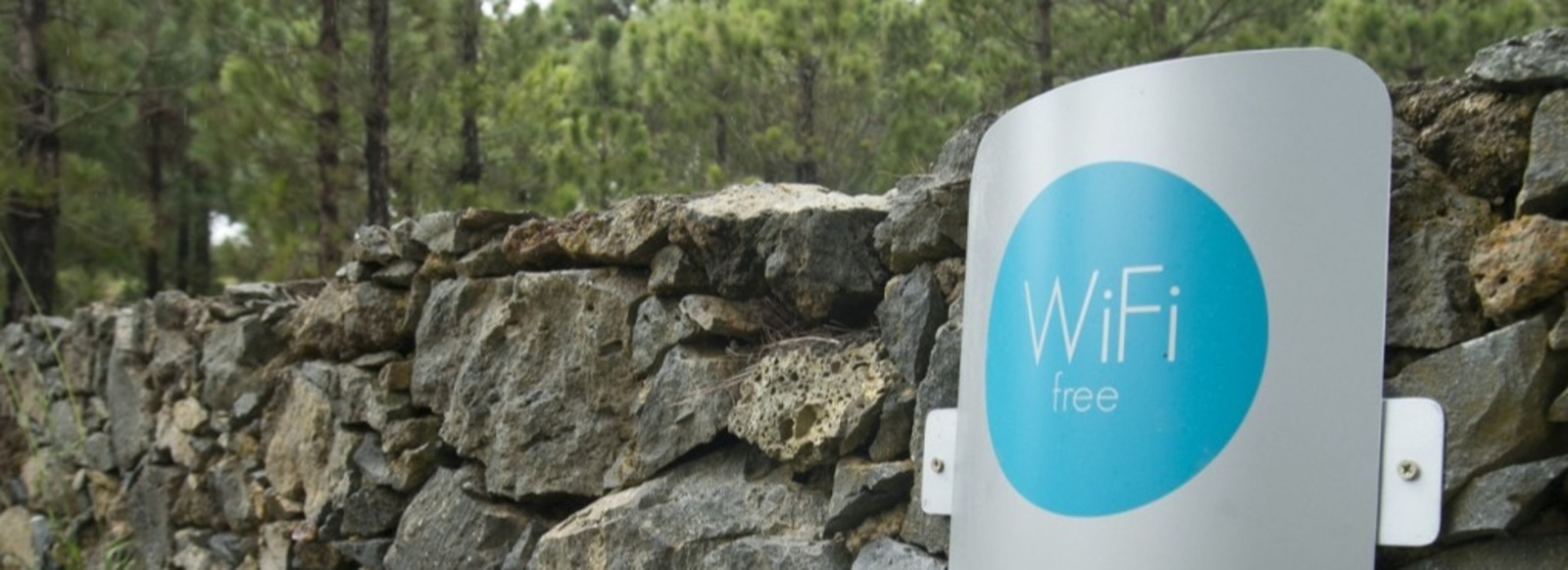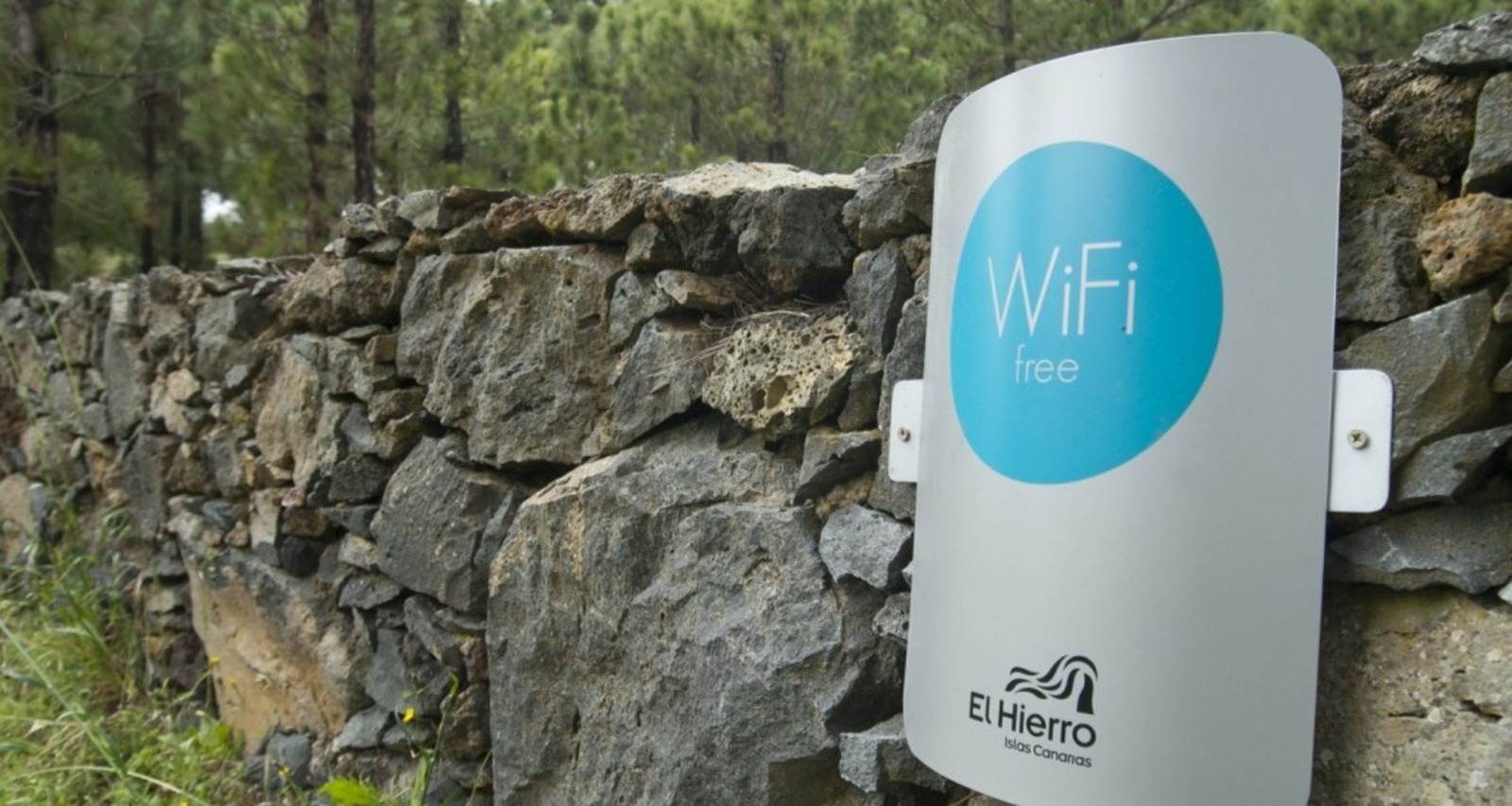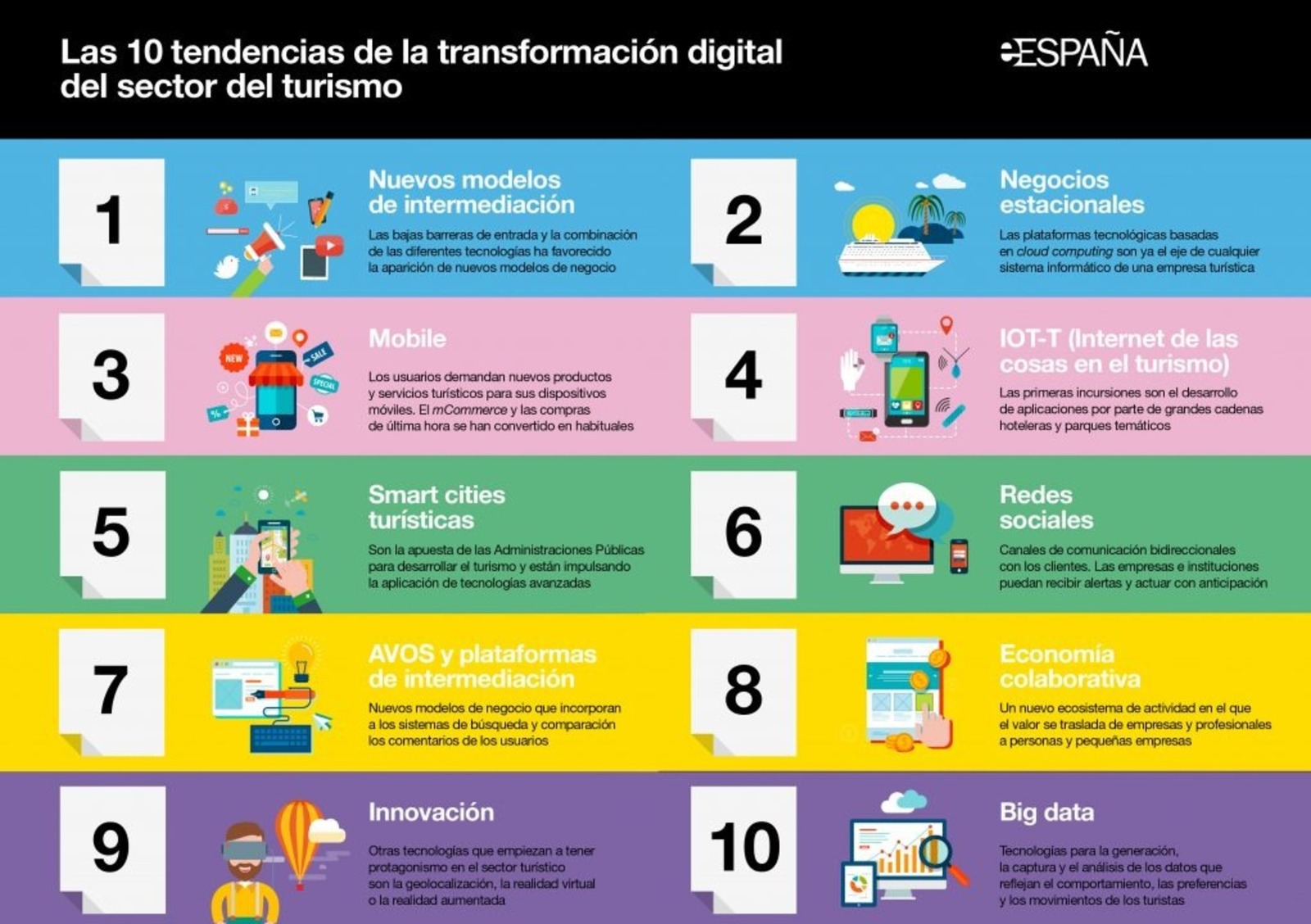13/04/2018
Digitalization has arrived with force in tourism. 74% of travelers plan their trips online, according to Google Travel data. But not only that, connectivity is key when it comes to choosing a tourist destination. Having all the comforts offered by technology is already a necessity for the thousands of travelers who visit our country every year.
Tourism is the country’s leading industry, contributing 11% of GDP, according to data from the National Statistics Institute. Last year 2017 closed with 82 million international tourist arrivals, which places Spain as the second largest tourist destination in the world, only surpassed by the United States.
In this context, any initiative that allows a city, region or company to stand out in the field of innovation represents a clear competitive advantage in a sector that is experiencing a great moment thanks in part to the digital transformation that its stakeholders are undergoing. This Orange Foundation report on the sector analyzes the trends of digital transformation in the tourism sector and collects some success stories that are changing the way we enjoy our vacations. Here are some of the most outstanding projects and ideas.
1. Hotel Bitácora de Tenerife
The Hotel Bitácora (Tenerife) of the Spring Hotels chain has launched an interactive photocall. It is a system that allows to give life to a photocall by means of a screen with a webcam placed in front of it and acting as a mirror. The goal has to do with gamification: children are entertained with augmented reality applications based on well-known games.
2. Iron Island
It is defined as the world’s first smart island. In the application “El Hierro te sigue” (El Hierro follows you) all the WiFi points of the island are identified. Since some areas of the island do not have electricity, renewable energies are used to operate the network, while, in order to respect the integration of the antennas into the landscape as much as possible, they have been blended into the environment. The project meets three requirements: sensorization, data transport and intelligent information management.
3. Lopesan Hotels
Through an electronic device capable of supporting up to five simultaneous connections to phones, tablets or laptops, among others, the hotel guest will be able to access the Internet while at the beach, hiking or walking outside the hotel. That is, WiFi connection from any geographical point of the island of Gran Canaria where there is 3G or 4G coverage.
4. Shopping tourism in Las Palmas
The City Council of Las Palmas de Gran Canaria promotes shopping tourism in the city thanks to the implementation of a communication system based on beacons located in the main tourist areas. The system allows messages to be sent to tourists’ smartphones and tablets within a radius of up to 50 meters.
The technology has two objectives: to provide retailers with tools to position themselves with cutting-edge technology on tourists’ mobile devices; and to generate data on the behavioral patterns of these customers in order to tailor the offer and even personalize it.
5. Hotel Royal Passeig de Gràcia
As part of the Smart Living program, an initiative of the GSMA Mobile World Congress that brings innovative tourism experiences, the Hotel Royal Passeig de Gràcia organized the Digital Binoculars experience on its terrace, which allowed, from mobile devices, to visualize the city skyline, see superimposed information of certain points of interest, interact with them and even visit these places virtually.
6. Artà (Mallorca)
Since late 2010, the city of Artà (Mallorca) has been implementing various technological projects aimed at the sustainable tourism development of the municipality, which have made it an example of the use of ICT to improve the visitor’s experience once they are already in the destination. The Tourist Loyalty Program includes a passport-style RFID proximity technology smart card: once activated, the card contains tickets to attractions and tours in the municipality.
7. Palma Beach
The Playa de Palma WiFi network is the largest in Europe in a public space, with 85 access points along 5 kilometers, and with a capacity to manage 300,000 daily connections.
8. Castelldefells
The city relies on apps to make life easier for tourists. Spain for kids Castelldefels offers visitors all the information about the best places to visit with children and family. For its part, Accessible Spain Castelldefels allows tourists to discover the accessible resources and less architectural barriers of the city.
9. Malaga Provincial Council
The Diputación de Málaga has had an interactive augmented reality application since 2012, developed with the aim of promoting tourism in the province. The Diputación de Málaga and Orange promoted the first tourism application for cell phones, called ‘Costa del Sol-Málaga’, with more than 1,000 referenced points, videos, audio guides and integration with Twitter and Facebook. It was the first tourism app conceived for an entire province.
10. Rías Baixas
The Spanish province of Pontevedra has a cloud-based technology platform for the intelligent management of tourism resources and the design of personalized offers based on the experience of each visitor. The platform includes a portal for the promotion and marketing of the Rías Baixas tourist destination.













